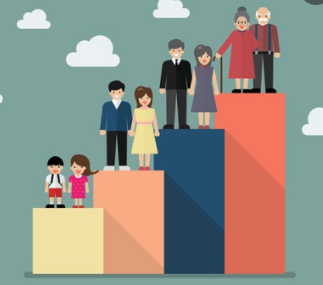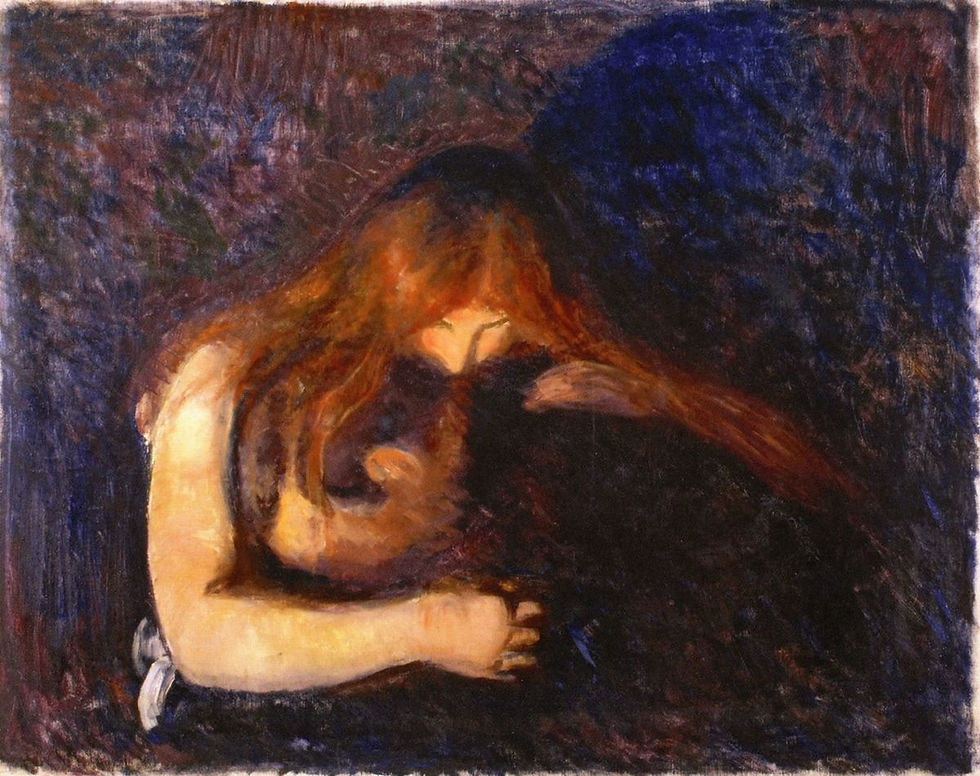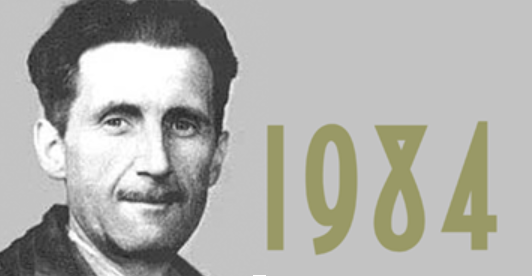Calling the Shots - Focus on Healthcare Disparities by Ann-Nicole Frimpong
- medineersoftoday4
- Aug 13, 2021
- 3 min read

John paces back and forth as he watches his 62 year old mother fall down a set of stairs hitting her head. She is rushed to the emergency room where she is met by two entrances. One for people with Medicaid/Medicare, and the other for private and non-federal or state assistance insurances. Without explanation nor hesitation, she is taken into the first room where she is treated by medical school students. No need to re-read, yes, medical students - the people who are slightly more than four years out of undergraduate and are still being trained. Had she been insured by Centene, Cigna Health, Anthem, Humana etc, she would’ve been taken into door 2 where she would have been treated by an attending physician. Attendings are certified individuals who have completed their medical training and work in a specific specialty. This is not simply an example, but the reality of many well known hospitals in America.
The situation I described above is non-less than healthcare inequality usually referred to as healthcare disparities. Healthcare disparities are differences between the medical treatment of different groups of people whether it’s due to race, sex, economic status or more. I call this one of the deadliest types of inequalities, which you will understand after reading below. There is no reason why a patient may be in critical condition and should have to worry about the cost or level of treatment. It’s time to give attention to the topics like pharmaceutical drug prices and healthcare treatment polarity that affect millions of lives, but fail to be addressed by millions of mouths.
“LIVES ON THE LINE, NO MONEY NOR TIME”
Prescription Drug Costs:
Prescription drug prices have increased a substantial amount since the early 2000s. Americans are having to pay more for their medications due to increased pharmaceutical company list prices. Statistics show that prices have risen 16% between 2015 and 2017 alone. While factors like severity of diseases, cost of development, and more may play a role in prescription drug prices, two huge factors are the lobbying power of these pharmaceutical companies and the monopoly that are also prime influences. Americans spent more than 460 billion on prescription drugs in 2016, so imagine the average today. The government grants a monopoly on brand-name drugs , we live in a capitalistic society, and lobbying favors are huge in the pharmacy field. We need to take the appropriate steps such as generic and non brand medications, payment plans, lowering the power of monopolies and more to reverse the effects of these rising drug prices.
People of Color: While this is a generic section, there are a lot of subcategories involved -- level of care, life expectancy, research, mortality rates and more. There is a huge gap between the mortality rates and life expectancy differences between white and black adults that although have narrowed, can not be ignored. Why do black people have a 24% higher mortality rate than white people? Why has there been continuous research studies trying to prove that black people have a higher pain tolerance? While this is more of a race and equality issue we can’t ignore the impact of race in health. While some may try to tie these gaps to risk factors like the commonality of diseases popular in the black community such as Sickle Cell Anemia or Hypertension , this exists in many communities and is not a valid defense of these statistics. We need to dismantle the idea that color affects pain or should affect treatment and truly get to the root of this problem.
Insurance and Access:
In continuance with the above category, minority groups like Hispanic Americans and Black Americans tend to be highly uninsured which plays a factor in health insurance disparities. Universal healthcare is a complex topic which would require a lot of consideration but would absolutely demolish this insurance gap. Some people don’t have access to insurance, let alone care. While we see programs like Telehealth, especially during the COVID pandemic begin to rise, price and insurance still plays a factor.
Final Thoughts
As a current pre-med student who hopes to join the medical field and become a Cardiologist or Neurologist, this is beyond terrifying. In no way am I denouncing the healthcare system or the progress made, but I think it’s important to call it out and not be afraid to address these concerning factors. America is fortunate enough to have top medical facilities and technology, but wealth should not depict your level of treatment and care. These insurance and treatment inequalities are pressing and impactful to the point where based on your insurance and sometimes even physical phenotypes we are treated separately and unequally. We need to change this, and it can’t wait. It’s time we call the shots.
Ann-Nicole Frimpong published on 8/13/21.
References:









Comments